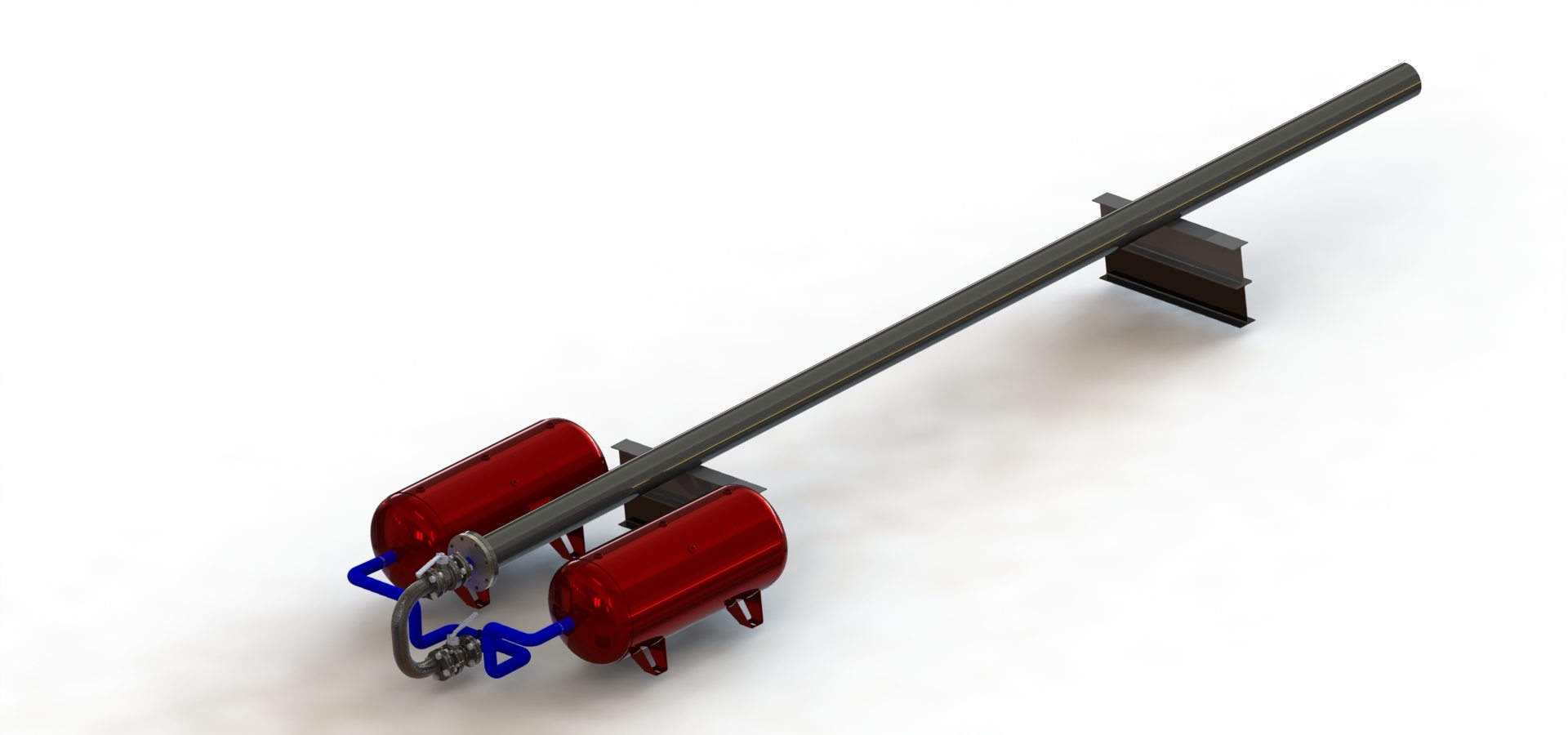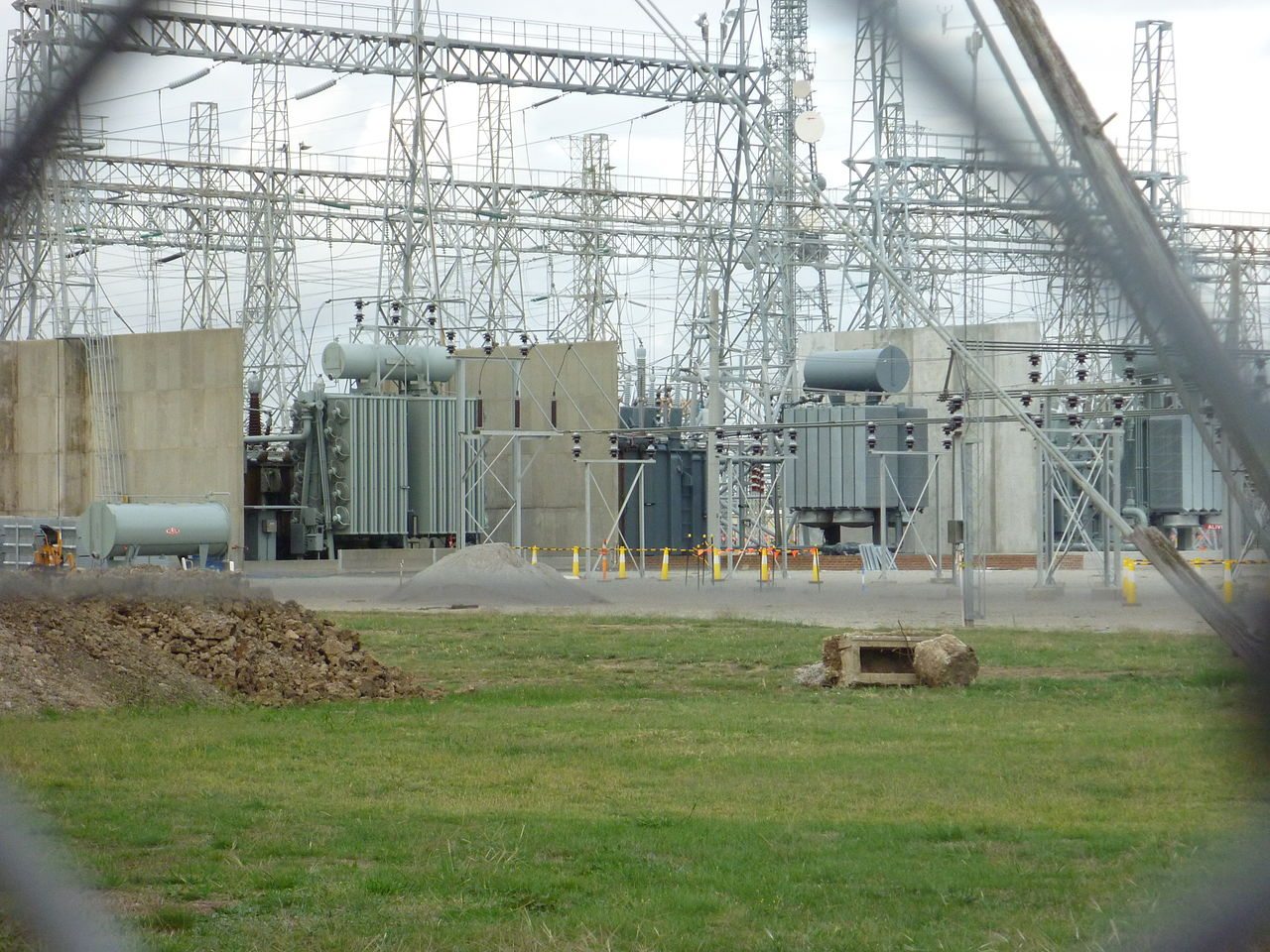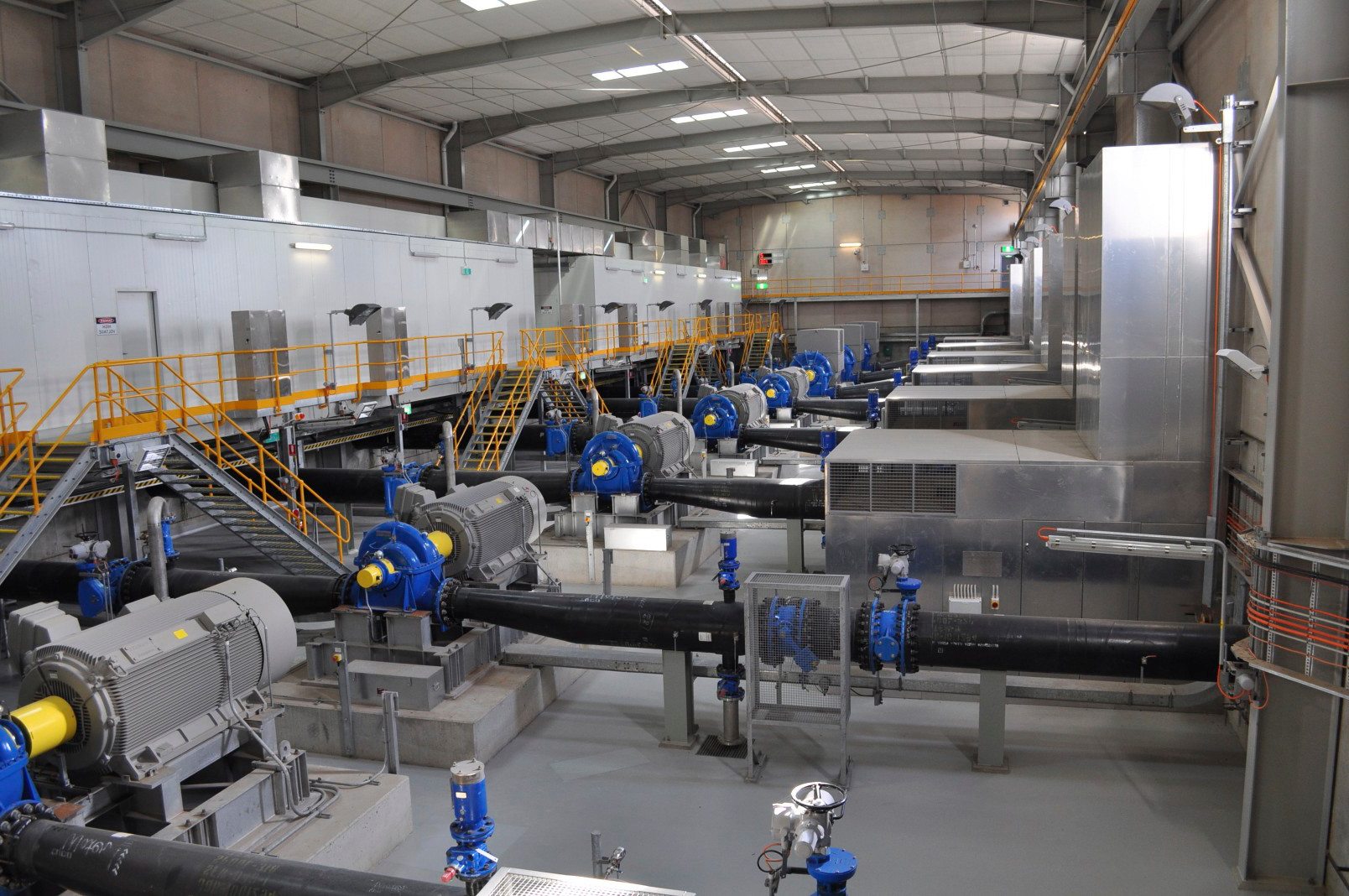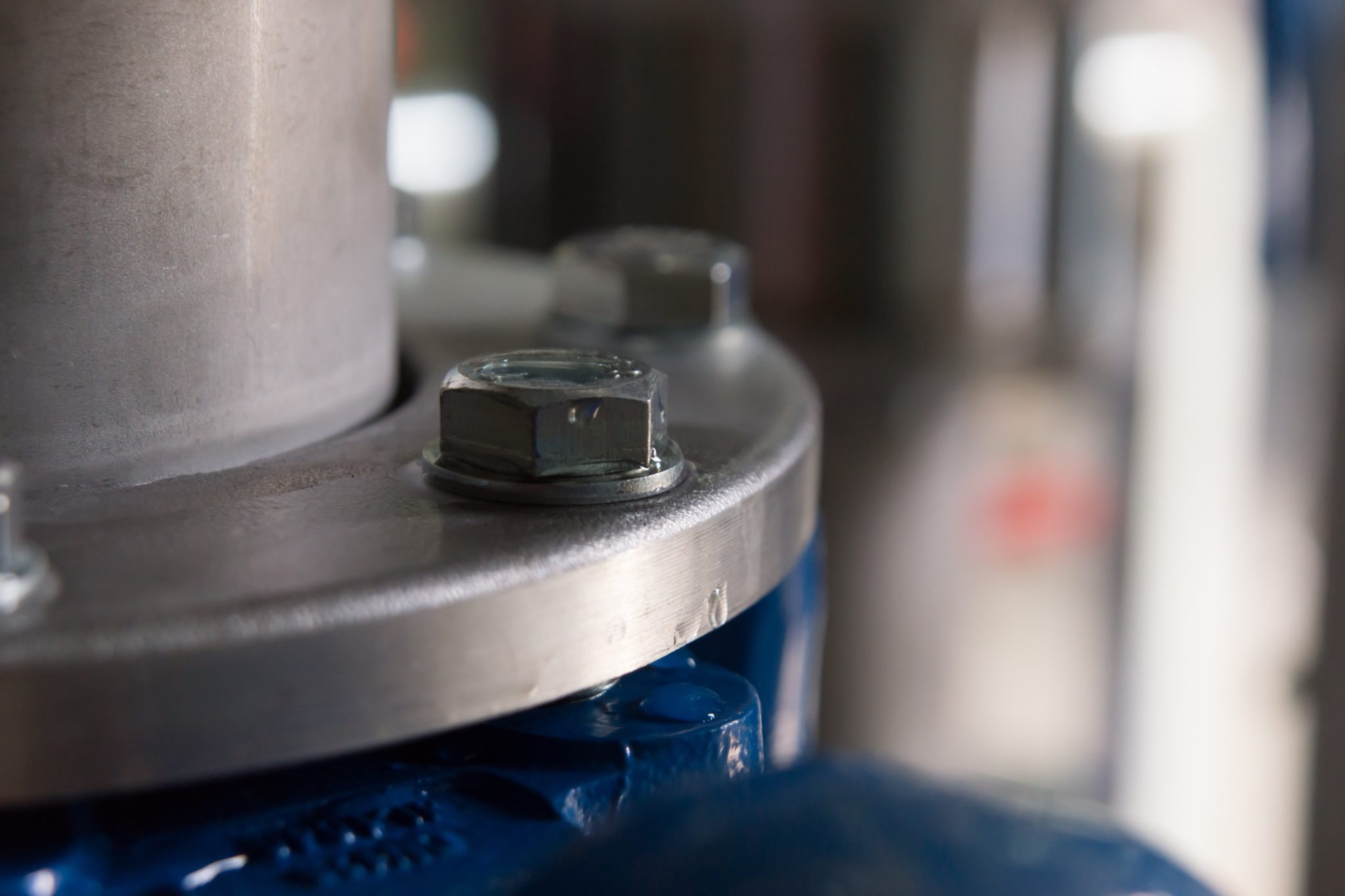Empirical Equations Only Go So Far
We worked with a Nuclear Utility to protect a building from wind-borne debris during a tornado. Typically, engineers design missile-resistant structures (in the Nuclear Industry) using the guidelines in BC-TOP-9A. The guidelines in this document are good, but they can be a little conservative. We were asked by a nuclear utility to take a closer look to see if the guidelines were over-conservative for what they were trying to do. We suggested full-scale ballistic testing to optimize the design.
The utility was trying to protect several thousand square feet of a wall from a piece of 1” diameter (#8) rebar going about 90 mph. The wall of the building that they were trying to protect was made from un-reinforced concrete masonry unit (CMU). It’s basically just blocks like you would have in a typical basement, but without being filled or reinforced.
Scale Ballistic Testing
We found that there wasn’t any reasonable analytical method to solve this problem. Even using tools like FEA weren’t reasonable because the properties of CMU varied from block to block, and there wasn’t a reliable source for all the parameters that we needed.
We decided testing was the right path. This was the only reliable way to get accurate results that would be highly defendable.
We actually found that the CMU used for the walls was made to a standard that had long since been replaced. After a lot of searching, we did find a source for the older CMU. We ordered the blocks, assembled the walls, and began testing. Overall, 8 walls were assembled
Results
Our first wall didn’t have any protection. The rebar sailed right through the block, and embedded itself in the straw bales and plywood we put up on the other side of the wall. The wall didn’t seem to even slow it down.
For the second test, we just lined the wall with ¼” steel plate on the front side. That seemed like it would work well, and it wouldn’t be terribly hard to install. The problem was that the wall ended up stiffening the plate so well, that the plate didn’t absorb energy. It just punched through the steel, and it blew the block apart on the back of the wall.
On to the third test
The third wall involved spacing the plate off the wall by about 4 inches. This would allow the steel to deflect, absorbing energy and hopefully stopping the rebar.
It worked! We found that allowing the plate to deform burned up the energy from the steel rod, and the block wall remained intact. The remainder of the tests involved varying the support spacing and sheet thickness (methodically of course).
So How Close Were the Empirical Methods?
From our ballistic testing we found that the empirical methods were close (as expected), but we did find that we could optimize the plate thickness slightly, as well as the support spacing. Overall, the testing saving the utility thousands of dollars in design costs.









